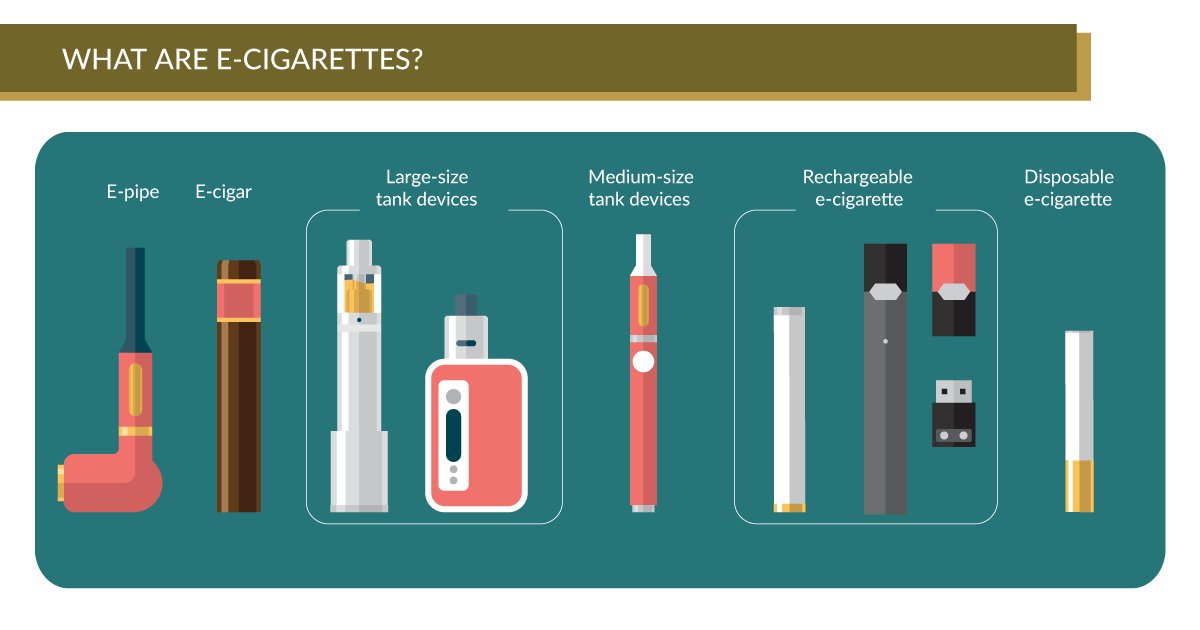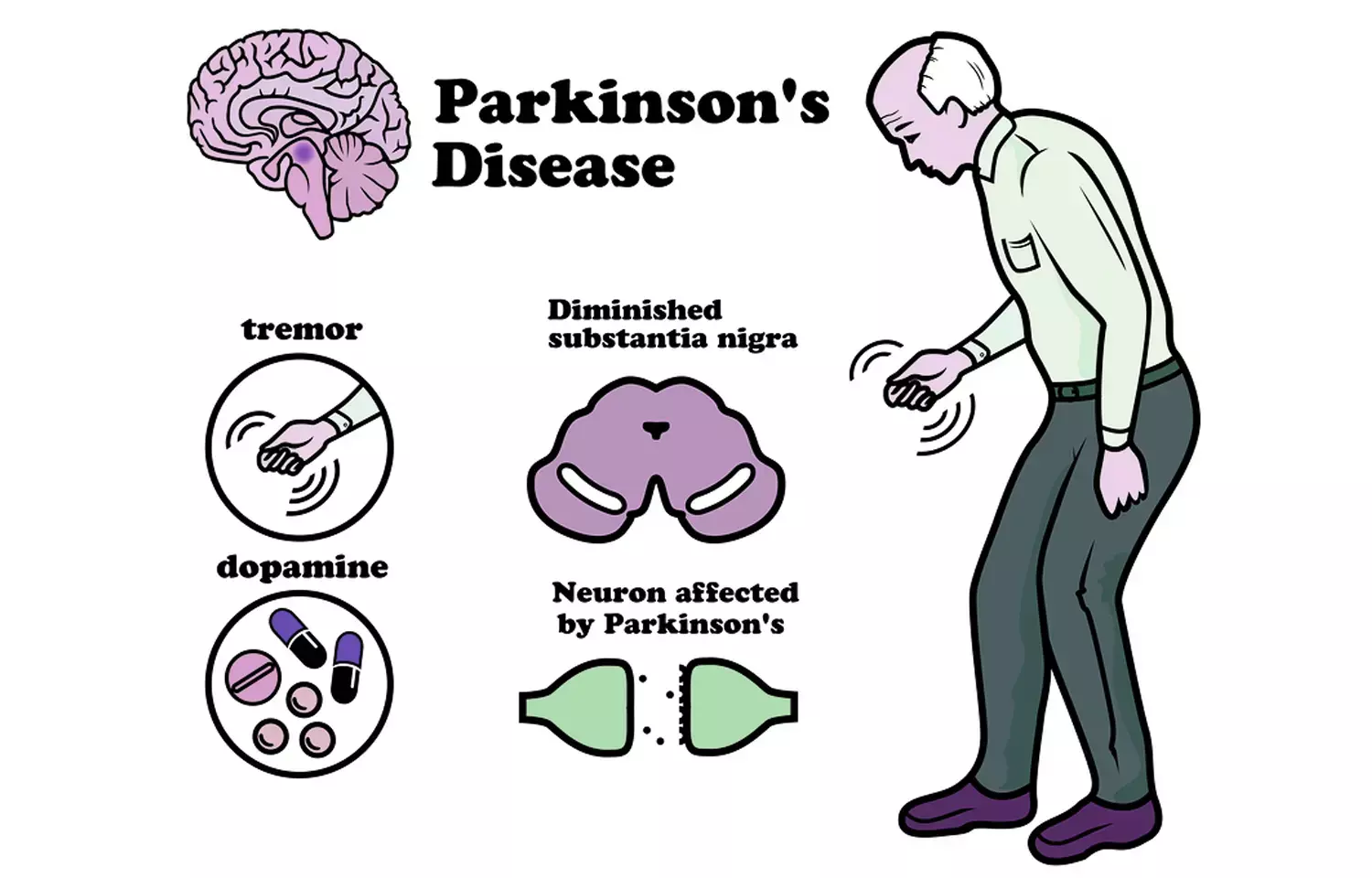ADHD Management in Children
Pathophysiology for ADHD in children, 3 Differential Diagnosis, and 3 diagnostic test, 3 treatment/medications options for Attention deficit hyperactivity disorder in children
No plagiarism, will need a report, APA format, with 5 references no more than 5 years old.
(ADHD Management in Children)
Pathophysiology of Attention Deficit Hyperactivity Disorder (ADHD) in Children
Attention Deficit Hyperactivity Disorder (ADHD) is a neurodevelopmental disorder characterized by patterns of inattention, hyperactivity, and impulsivity that interfere with functioning or development. The pathophysiology of ADHD is complex, involving both genetic and environmental factors. Studies suggest that ADHD is associated with dysregulation in the dopaminergic and noradrenergic systems of the brain. Dopamine, a neurotransmitter responsible for reward processing and attention regulation, is particularly affected. Structural abnormalities have been identified in areas of the brain that control attention, executive function, and impulse control, including the prefrontal cortex, basal ganglia, and cerebellum. Additionally, neuroimaging studies have revealed delayed cortical maturation in children with ADHD, particularly in regions involved in cognitive processes such as attention and inhibitory control. The frontal lobe, which plays a crucial role in decision-making and attention, shows decreased activity in children with ADHD, leading to difficulties in sustaining focus and regulating behavior (Cortese et al., 2018).
Genetic studies have identified several risk genes associated with neurotransmitter regulation, including the dopamine receptor D4 gene (DRD4), which has been implicated in ADHD. Environmental factors, such as prenatal exposure to toxins, low birth weight, and early childhood adversity, also play a role in the development of the disorder. The interaction between genetic predispositions and environmental exposures likely contributes to the neurodevelopmental changes observed in ADHD (Curatolo et al., 2018).
Differential Diagnoses for ADHD in Children
- Oppositional Defiant Disorder (ODD): ODD is characterized by a pattern of angry, irritable mood, argumentative/defiant behavior, or vindictiveness toward authority figures. Children with ODD often display disruptive behaviors similar to those seen in ADHD, such as impulsivity and difficulty following rules. However, unlike ADHD, ODD is primarily a behavioral disorder that does not involve attention deficits (American Psychiatric Association, 2022).
- Anxiety Disorders: Anxiety disorders, including generalized anxiety disorder and separation anxiety, can present with symptoms that mimic ADHD, such as restlessness, difficulty concentrating, and irritability. However, children with anxiety are often more withdrawn and may not exhibit the hyperactivity or impulsivity seen in ADHD. Distinguishing between anxiety and ADHD requires careful assessment of the child’s emotional state and triggers for their symptoms (Caporino et al., 2018).
- Learning Disabilities: Children with learning disabilities may struggle with attention and focus in academic settings due to difficulties with specific cognitive processes, such as reading or math. These challenges can lead to behaviors that resemble ADHD, such as inattention and frustration in school. However, the underlying issue is related to academic skills rather than a neurodevelopmental disorder like ADHD (Karatekin et al., 2020).
Diagnostic Tests for ADHD in Children
- Behavioral Rating Scales: Standardized rating scales, such as the Conners’ Rating Scales or the ADHD Rating Scale IV, are used to gather information from parents, teachers, and caregivers about the child’s behavior in various settings. These scales assess symptoms of inattention, hyperactivity, and impulsivity and are essential for diagnosing ADHD based on DSM-5 criteria (Epstein et al., 2021).
- Clinical Interview: A comprehensive clinical interview with the child and family is conducted to evaluate the child’s developmental history, behavior patterns, and functional impairments. The interview allows for assessment of ADHD symptoms and exclusion of other potential causes for the child’s behavior, such as anxiety or learning disabilities (DuPaul et al., 2021).
- Neuropsychological Testing: Neuropsychological tests assess cognitive functioning, including attention, memory, and executive function. These tests, such as the Continuous Performance Test (CPT), help differentiate ADHD from other cognitive or learning disorders by measuring the child’s ability to sustain attention and control impulses (Karatekin et al., 2020).
(ADHD Management in Children)
Treatment and Medication Options for ADHD in Children
- Stimulant Medications: Stimulant medications, such as methylphenidate (Ritalin) and amphetamine-based drugs (Adderall), are the most commonly prescribed treatment for ADHD. These medications work by increasing dopamine and norepinephrine levels in the brain, which improves attention and reduces hyperactivity and impulsivity (Faraone et al., 2021).
- Behavioral Therapy: Behavioral interventions, such as parent training in behavior management and cognitive-behavioral therapy (CBT), are recommended, especially for younger children with ADHD. These therapies focus on teaching children skills to manage their symptoms, improve social interactions, and increase academic performance through structured routines and positive reinforcement (Daley et al., 2018).
- Non-Stimulant Medications: Non-stimulant medications, such as atomoxetine (Strattera) or guanfacine (Intuniv), may be prescribed for children who do not respond well to stimulants or have coexisting conditions like anxiety. These medications affect norepinephrine levels and help reduce ADHD symptoms, particularly in children who experience side effects from stimulants (Banaschewski et al., 2020).
Conclusion
ADHD is a complex neurodevelopmental disorder with a multifaceted pathophysiology involving both genetic and environmental factors. It can be misdiagnosed due to overlapping symptoms with other conditions, such as anxiety or learning disabilities. Accurate diagnosis requires careful assessment using rating scales, interviews, and neuropsychological testing. Treatment typically includes a combination of medications, such as stimulants, and behavioral therapy to improve attention, reduce hyperactivity, and enhance overall functioning. The goal is to provide individualized care that addresses the unique needs of each child with ADHD, allowing them to thrive in their daily lives.
References
Banaschewski, T., Gerlach, M., Becker, K., Holtmann, M., Romanos, M., & Döpfner, M. (2020). Attention-deficit/hyperactivity disorder. Dtsch Arztebl Int, 117(25), 431-438. https://doi.org/10.3238/arztebl.2020.0431
Caporino, N. E., Read, K. L., & Kendall, P. C. (2018). Anxiety and oppositional defiant disorder: The moderating role of attention-deficit/hyperactivity disorder symptoms. Journal of Abnormal Child Psychology, 46(7), 1457-1468. https://doi.org/10.1007/s10802-017-0376-7
Cortese, S., Kelly, C., Chabernaud, C., Proal, E., Di Martino, A., Milham, M. P., & Castellanos, F. X. (2018). Toward systems neuroscience of ADHD: A meta-analysis of 55 fMRI studies. American Journal of Psychiatry, 169(10), 1038-1055. https://doi.org/10.1176/appi.ajp.2012.11101521
Curatolo, P., D’Agati, E., & Moavero, R. (2018). The neurobiological basis of ADHD. Italian Journal of Pediatrics, 36(1), 79-89. https://doi.org/10.1186/1824-7288-36-79
DuPaul, G. J., Reid, R., Anastopoulos, A. D., & Power, T. J. (2021). Assessing ADHD symptoms: Contemporary strategies and future directions. Handbook of ADHD in children and adolescents (pp. 45-62). Springer. https://doi.org/10.1007/978-3-030-48647-1_3
Epstein, J. N., Kelleher, K. J., Baweja, R., & Cull, M. (2021). Behavioral rating scales in ADHD. Journal of Attention Disorders, 25(7), 962-972. https://doi.org/10.1177/1087054720902977
Faraone, S. V., Banaschewski, T., Coghill, D., Zheng, Y., Biederman, J., Bellgrove, M. A., & Larsson, H. (2021). The world federation of ADHD international consensus statement: 208 evidence-based conclusions about the disorder. Neuroscience & Biobehavioral Reviews, 128, 789-818. https://doi.org/10.1016/j.neubiorev.2021.01.022
Karatekin, C., Acar, I., & O’Brien, C. (2020). Neuropsychological functioning in children with ADHD: A review and future directions. Child Neuropsychology, 26(2), 123-146. https://doi.org/10.1080/09297049.2019.1634839
Do you need a similar assignment done for you from scratch? Order now!
Use Discount Code "Newclient" for a 15% Discount!







